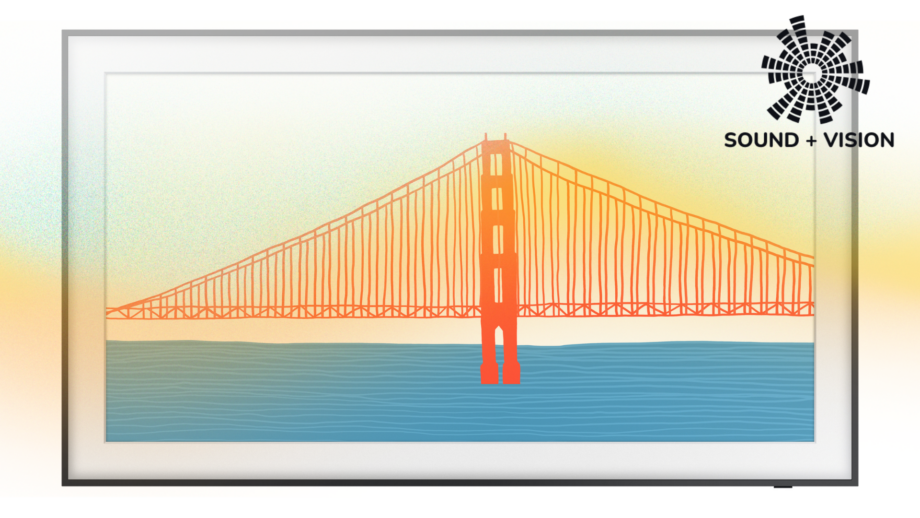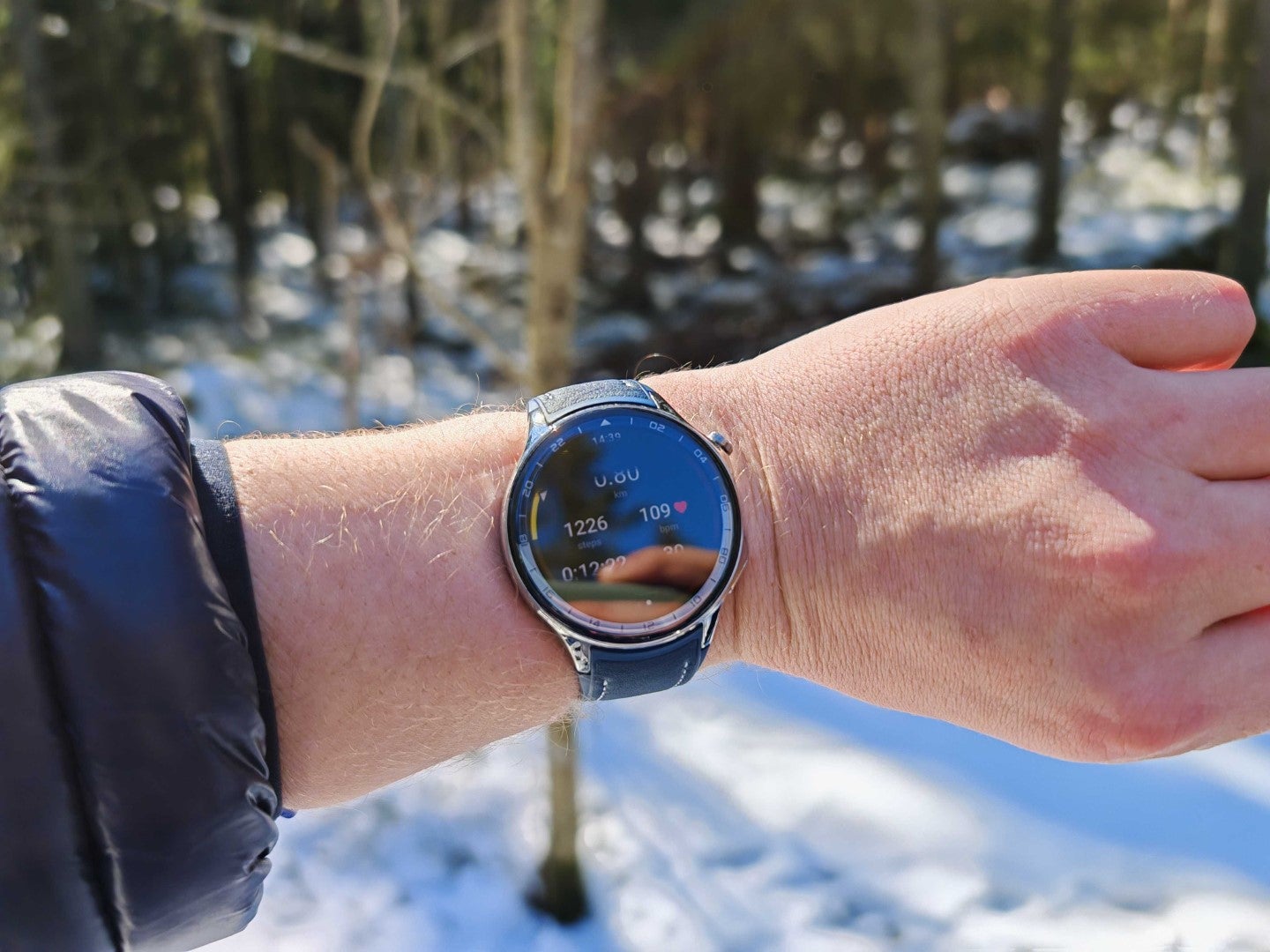Sound and Vision: TV model names are too complicated for the average person

OPINION: After motoring round the cavernous halls of the Berlin Messe for the IFA electronics show, there were a few things that struck me as noteworthy – that 8K was treated more as an R&D experiment than a fully fleshed movement, that screens are getting bigger and bigger, and the continuing rise of the ‘lifestyle’ TV.
I touched upon this in a prior column when discussing the LG StandbyMe Go, but it’s an area I want to explore a little more.
Having sat through many a TV presentation and written plenty of range guides, the first thing that gets my attention is the wide variety of model names and how surprisingly dense, and initially, how illogical they come across.
Each manufacturer has its unique model code, and you won’t need a codebreaking machine to understand it. But for the average shopper confronted by several options it might seem strange.
For instance, you might assume if the model has the letter ‘A’ it would be towards the upper tier of the range, and you would be correct… for some brands.

Get £600 off this Panasonic OLED TV
This entry-level OLED has had a huge £600 wiped off its RRP at Amazon
- Amazon UK
- Was £2099
- Now £1499
For Sony, ‘A’ usually denotes their premium Bravia OLEDs and for their LCDs and Mini-LED TVs its ‘X’, with the letter at the end denoting the year it came out (‘L’ for 2023). Just to add to the complexity, there are subsets for certain models. The A80L has offshoots in the A83L and A84L, which are similar but may have some subtle tweaks or are just exclusive to specific retailers.
Hisense does it upside down – ‘U’ is their hero flagship TV and ‘A’ is the cheapest. For LG, ‘A’ is the cheapest OLED they offer, ‘G’ (as in G3) offers the best performance, while for the QNED and Nanocell TVs it’s governed by descending numbers.

For Samsung, it can be a riddle: ‘QN’ for their Neo QLED TVs, ‘Q’ for the QLEDs, ‘S9-‘ for their OLEDs, ‘CU’ for their affordable Crystal UHD models, and they mix in descending numbers for the model names to show how advanced they are (QN90, QN85, QN80 etc).
Panasonic likes to jump down the alphabet each year – we’re currently at the ‘M’ series (2023) – with descending model numbers but like other TV brands they skip letters every now and then. From ‘H’ they skipped to ‘J’, and then skipped ‘K’ to go to ‘L’. Yes, it is a little confusing.
While there’s a reason for this madness – once you understand the lingo it’s easier to know what is what – that’s unlikely to be the case for the average consumer popping into Currys or searching online.
My solution? Take some inspiration from the lifestyle TVs? Which is to treat TVs more like automobile manufacturers label cars: Fiesta, Veyron, Zonda, Enzo, Civic, etc. I think most of us can guess the manufacturer from the models.

Walking through IFA’s halls, there were so many lifestyle TVs with simpler names. Hisense had its ‘Wall Art’ TV (though to scupper my point completely, I’m not sure that was the exact name). Vestel had a wide range of lifestyle TVs on display – some real, others concept – with names such as ‘Fame’, ‘Deco’, ‘Take a Rest TV’, ‘Wowa’, ‘Mono TV’. Much easier to remember and grasp their purpose.
Samsung has led the way with its lifestyle TVs: The Frame, The Serif, Sero – all have been imitated by other TV brands. Philips has ‘The One’, which recalls The Matrix, and then there’s obviously Sky Glass, which has become very popular in the UK.

Keep it simple and it’ll be clearer. It speaks to a simpler naming convention that’s more accessible, a shortcut that can better explain what a customer is getting. The current convention can create distance and ambiguity, and most probably think it’s a word/number salad.
However, given the number of TVs produced, it does make sense to for a plain identifier – coming up with names for twenty distinct TVs is not, I’d imagine, an easy task.
A mix of the two would seem sensible then. Keep the traditional format but for a few TVs to highlight, give them a name that pops, one that has flavour. I wouldn’t be surprised if it perks up the interest of those buying TVs.








